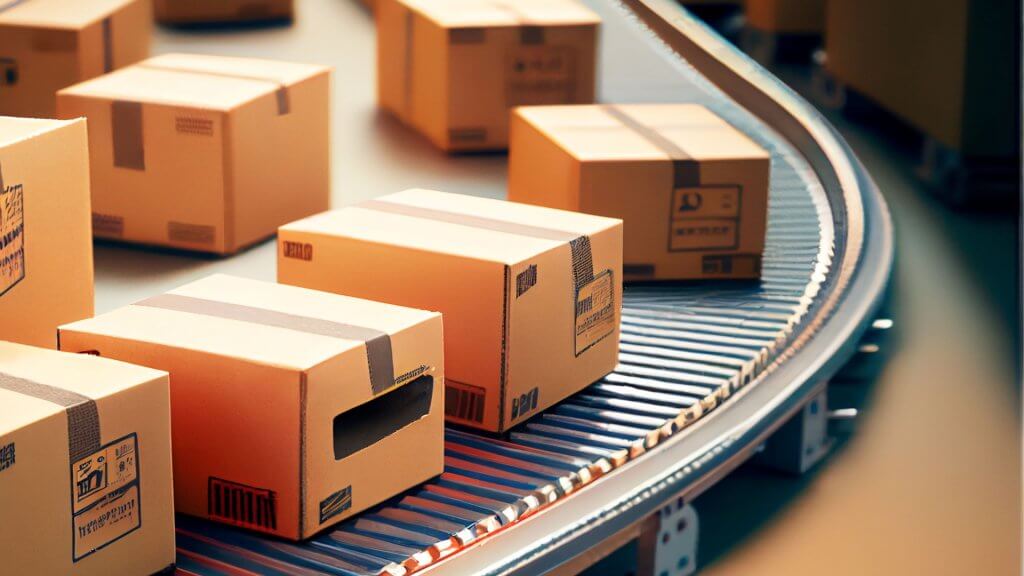
The transportation and logistics industry is critical to the smooth operation of the global economy. This is because products on the shelves in your local stores pass through multiple hands before reaching the end consumer.
A large volume of goods is moved daily around the globe. Since the advent of globalization, the volume of goods transported has increased. This, among other factors, has put a strain on the logistics supply chain.
However, several technological innovations have enabled supply chain partners to sustain increased demand. Almost every stage of the supply chain uses technology in some capacity because it improves efficiency.
That said, here’s a guide on how to make your product tracking, transportation, and management successful:
1. Invest In A Transportation Management System (TMS)
A transportation management system (TMS) is vital to streamlining transportation management. Most retail and e-commerce businesses use TMS technologies to handle various aspects of transportation management, like product tracking and order fulfillment.
Transportation management can be complicated, given the various places a product may pass through before arriving at its final destination. For example, some product deliveries require multiple transportation modes like freight, air, and shipping. This is known as intermodal logistics. With a TMS’s assistance, tracking the shipment’s position and determining when it will arrive will be easier.
Additionally, since TMS is responsible for tracking products at rest and in transit, it helps in ensuring that customers are always updated. If there’s a delay with one of the distributors, your TMS can pick this up, and you can relay this information to your customers. As a result, the TMS is inextricably linked to successful order fulfillment.
2. Develop Strong Relationships With Distributors
Modern supply chains rely heavily on outsourcing. Shippers partner with third-party logistics (3PL) service providers to help with order fulfillment, inventory management, and warehousing. That’s how it works in the transport and logistics industry.
Maintaining good relationships with 3PL partners or distributors is critical. This is because transactions with distributors will be easier with frequent communication. Developing solid relationships with other businesses—let alone distributors—usually takes some time. Nonetheless, it is something that you should strive for.
Strong partnerships allow you to take advantage of bulk discounts and improved communication. Remember, effective communication is vital for effective logistics management. For example, if there’s a problem with a shipment, your partners can inform you quickly so that you can relay this information to your customers immediately.
3. Invest In Automation Solutions
The transportation and logistics industry is synonymous with automation. Automation becomes even more crucial as the size of the shipping operations or the client base expands. You’ll have to scale your shipping operations if your customer base grows. However, scaling operations with a manual-heavy shipping process increases the incidence of human error.
Repetitive tasks such as data entry, labeling, barcoding, and packaging can be left to artificial intelligence (AI) powered robots because they’re efficient. They make fewer errors, ultimately eliminating costs associated with human error. But even if a robot or software program makes an error, TMS makes it easier to identify problems.
4. Establish A Transparent Shipping Process
Having a transparent shipping process is vital to streamlining transportation management. Transparency helps keep your customers at ease. Customers should be able to track the current location of their orders quickly. An advanced TMS can help with this aspect, as it can be equipped with a product tracking system.
Additionally, a transparent shipping process can make your employees’ jobs easier. For example, if a consumer inquires about why delivery is delayed, customer support representatives can provide accurate feedback instead of vague reassurance. Therefore, transparency may help improve customer satisfaction, which is good for a business’ image.
5. Use Shipping Aggregation
Aggregation is the processing of essentially bundling several orders together to streamline the shipping process. Instead of using several shipments to deliver products to one location, shippers aggregate these into one shipment to save time and energy. Therefore, you won’t need to make or manage as many deliveries as before.
6. Train Your Staff
Your staff will be directly interacting with your TMS and other systems daily. Thus, you must invest in training so that they can carry out their responsibilities effectively. Your teams must be well-trained if you want your product tracking, transportation, and management system to work seamlessly. They should know how to access the TMS to address customer inquiries.
They should also be trained on the importance of data security. The reason is that transport and logistics often generate a lot of data. Given the rising incidence of cyberattacks, it would be best to equip your staff with the necessary knowledge and skill to prevent data disasters. A cybersecurity policy helps keep employees aware of how to use technology securely.
Conclusion
Today’s supply chains are heavily reliant on data and technology. Hence, investing in appropriate technologies is critical to ensure successful product tracking, transportation, and management. One of the most critical tools to invest in is a TMS with automation solutions that can help to streamline the entire tracking, transportation, and management process.





















